Ribbinska Huset
It is said that each of the white stones in the red facade of this medieval house represents the head of a murdered Swedish noble.
Stockholm’s old town, Gamla Stan, is a beautiful collection of historical buildings that really make you wish that walls could speak. Dating back to the 13th century, with many of its original buildings still intact, it is like a living museum on Sweden’s history. But the area also hides some darker stories from the country’s past, and this is one of them.
On the Stortorget (literally meaning “Large Square”) there stands an unassuming dark red building, beautifully decorated with white bricks scattered throughout the facade. Called Ribbinska huset (“House of Ribbing”), it dates back to the 15th century. Most visitors would not look twice at this building, until they learn that each of the white stones in the red wall is said to represent the head of a murdered Swedish noble.
Sweden has a long and turbulent history with Denmark that has led to many wars between the two countries. In 1520, Sweden was conquered by Christian II of Denmark, who would then be crowned the king of Sweden. Soon after this, Christian II felt he needed to deal with the Swedish nobles in order to secure his rule. He did this by inviting them to a banquet to talk peace in a building in Gamla Stan. He then commenced with beheading each and every one of them publicly.
This act gave him the title of Kristian Tyrann, Christian the Tyrant. Unfortunately for the king, the slaughter had quite the opposite effect as desired. One nobleman was left alive, because he was not able to attend the “peace talks.” His name was Gustav Vasa, and he was the son of one of the murdered nobles. He managed to rally the people of Sweden during a two-year trek through the country, amassing a large army that he then used to win back the country and defeat Christian the Tyrant. This day is still remembered as the day of Swedish independence.
Not much later, the buildings around the Gamla Stan town square were rebuilt, and one of them, house number 20, became a monument to the fallen. Ribbinska huset was first built around 1479, but the white stones on the facade were added in 1628. Some say they symbolize the decapitated heads of the 82 people who were killed that day by the Danish king, in the infamous event known as the Stockholm Bloodbath.
Know Before You Go
Ribbinska huset is also known as Schantzka huset ("House of Schantz”).

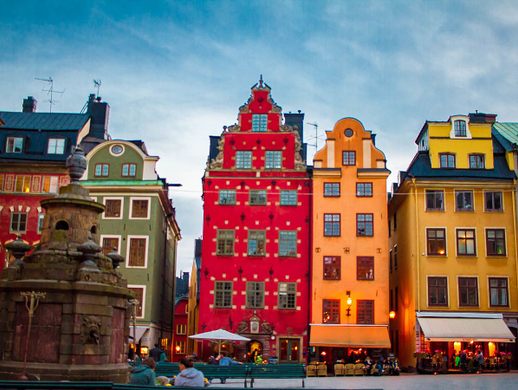

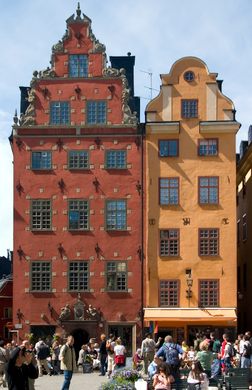
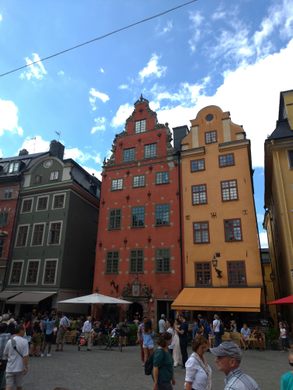

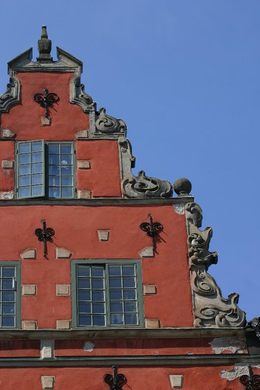
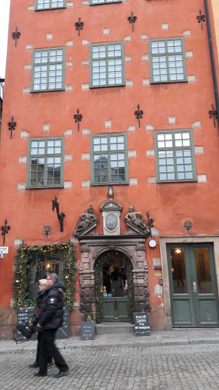
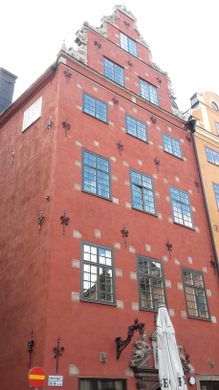


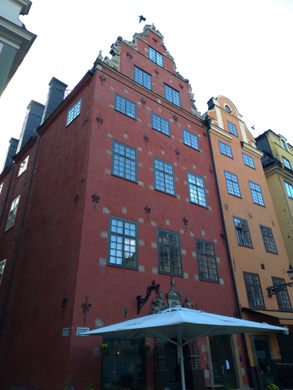














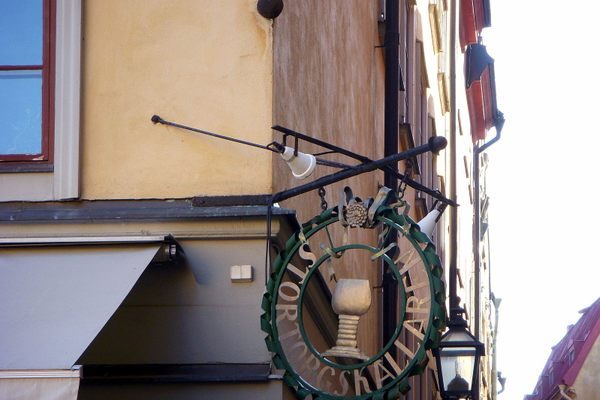




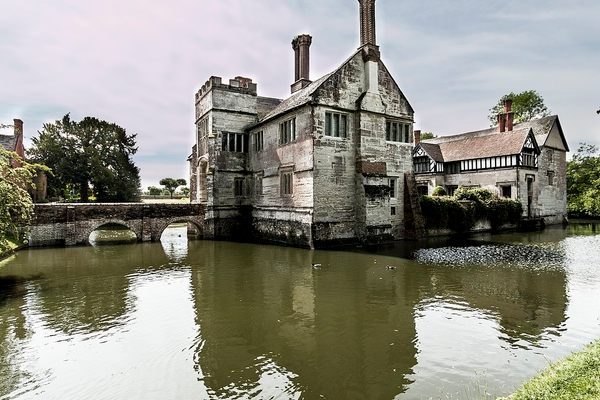
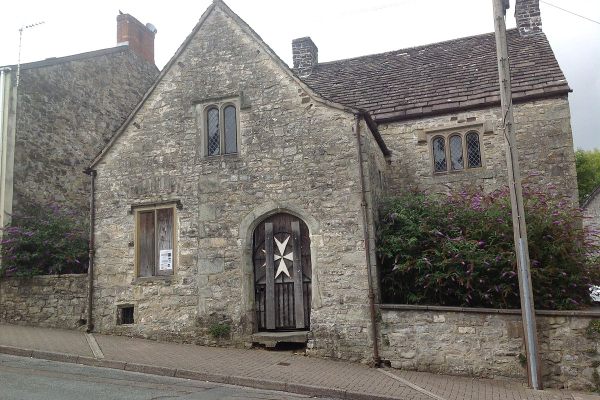


Follow us on Twitter to get the latest on the world's hidden wonders.
Like us on Facebook to get the latest on the world's hidden wonders.
Follow us on Twitter Like us on Facebook